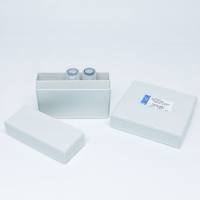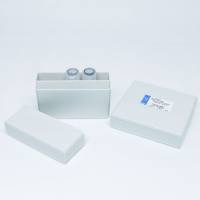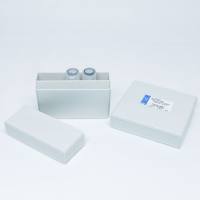The prominent role for the drug efflux pump ABCB1 (P-glycoprotein) in mediating resistance to chemotherapy was first suggested in 1976 and sparked an incredible drive to restore the efficacy of anticancer drugs. Achieving this goal seemed inevitable in 1982 when a series of calcium channel blockers were demonstrated to restore the efficacy of chemotherapy agents. A large number of other compounds have since been demonstrated to restore chemotherapeutic sensitivity in cancer cells or tissues. Where do we stand almost three decades since the first reports of ABCB1 inhibition? Unfortunately, in the aftermath of extensive fundamental and clinical research efforts the situation remains gloomy. Only a small handful of compounds have reached late stage clinical trials and none are in routine clinical usage to circumvent chemoresistance. Why has the translation process been so ineffective? One factor is the multifactorial nature of drug resistance inherent to cancer tissues; ABCB1 is not the sole factor. However, expression of ABCB1 remains a significant negative prognostic indicator and is closely associated with poor response to chemotherapy in many cancer types. The main difficulties with restoration of sensitivity to chemotherapy reside with poor properties of the ABCB1 inhibitors: (1) low selectivity to ABCB1, (2) poor potency to inhibit ABCB1, (3) inherent toxicity and/or (4) adverse pharmacokinetic interactions with anticancer drugs. Despite these difficulties, there is a clear requirement for effective inhibitors and to date the strategies for generating such compounds have involved serendipity or simple chemical syntheses. This chapter outlines more sophisticated approaches making use of bioinformatics, combinatorial chemistry and structure informed drug design. Generating a new arsenal of potent and selective ABCB1 inhibitors offers the promise of restoring the efficacy of a key weapon in cancer treatment – chemotherapy.






